Applying nettle fertilizer

Modern gardeners often use natural fertilizers on their site. Of great benefit to plants are top dressing from ordinary nettle. They are prepared very quickly, and they bring a lot of benefits to plants.

Why is nettle good for plants?
Nettle fertilizers have many benefits:
- feeding is safe for both plants and animals, people;
- nettle grows everywhere, so it is very easy to find raw materials for the preparation of fertilizer;
- in this way you can feed almost all plants in your garden and in the garden;
- such fertilizers help to improve the quality of the soil.
Nettle contains a large amount of vitamins and minerals that young plants need for normal growth and development.
- Calcium. With its deficiency, plants slow down their growth and dry out very quickly.
- Nitrogen. This component contributes to the rapid build-up of green mass.
- Magnesium. With a lack of this element, the foliage begins to fade and crumble.
- Potassium. This component allows plants to become stronger and stronger.
- Iron, copper and sulfur contained in nettle dressing in smaller quantities. But they also promote vigorous plant growth and good fruiting.
These components are well absorbed by all cultures. Therefore, after applying top dressing, the plants grow quickly and give a rich harvest.
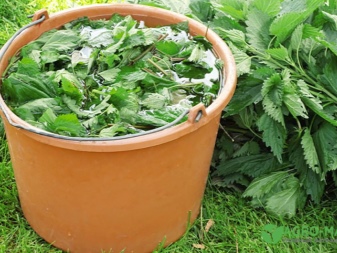
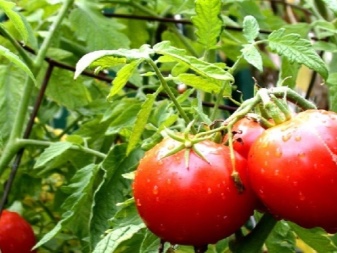
What plants can be fed with nettle fertilizer?
Nettle solutions are used to feed many crops.
- Vegetables. High-quality nettle fertilizer will definitely please tomatoes, cabbage, cucumbers and peppers. It will help them build up a rich green mass. Plus, green dressing will make your vegetables taste better. So, after using it, cucumbers lose their bitterness.
- Berries. Nettle infusion is great for watering garden strawberries and strawberries. You can use it even during fruiting. It can also be used to fertilize raspberries, currants, gooseberries and grapes. Nettle dressing makes the berries juicier and sweeter.
- Flowers. High-quality nettle infusion can be watered every 2-3 weeks. This will help to achieve long lasting and abundant flowering.
- Indoor cultures. You can also water potted flowers with it. Do not use yeast fertilizers to feed plants.
- Carrots and beets. After watering, the plants grow and become sweeter and more juicy.
But it is not recommended to fertilize garlic, onions, young radishes and beans with nettles. After making such a top dressing, they will begin to actively grow tops. At the same time, the fruits will be small and not particularly juicy.
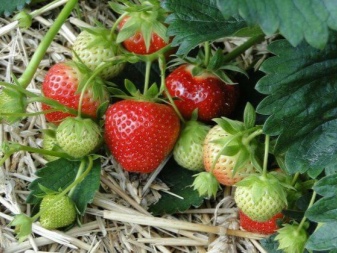
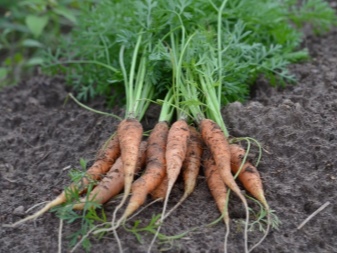
How to prepare the infusion?
It is best to use nettle infusion to fertilize plants. You can prepare it in different ways.
Classic recipe
Most often, a classic tool is used for watering or spraying, which is prepared from 100 ml of finely chopped plants and 8-10 liters of well-settled water. Before use, the concentrated herbal slurry is diluted in warm water. A liter of infusion is added to 10 liters of water.
The tool is used for watering plants in the early morning or late evening. One bush takes about 1 liter of liquid.

With dandelions
Dandelion stems are often added to the tincture used for feeding. For its preparation, the herbs are mixed in equal quantities, after cutting. After that, several liters of warm water are poured into a bucket with plants. You need to insist everything for 10-12 days. From time to time, the infusion must be stirred.
In addition to dandelions, other weeds are sometimes added to the container, for example, wormwood, yarrow or wheatgrass. Do not add poisonous plants, such as bindweed or St. John's wort, to the top dressing.
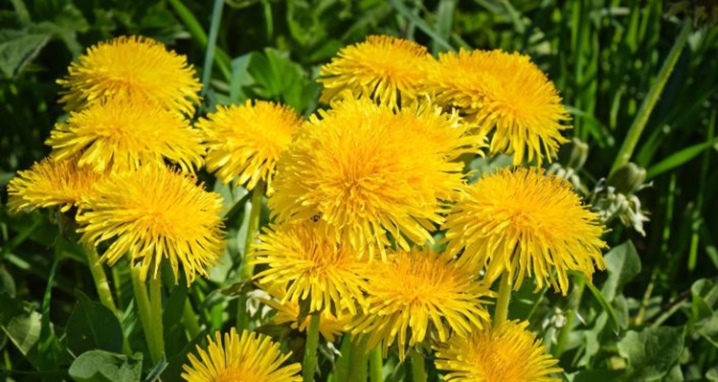
With yeast
To speed up the process of plant growth and fruiting, nettles can be combined with regular baker's yeast.
To prepare top dressing, 100 grams of sugar must be diluted in 1 liter of boiled water, then add 100 grams of fresh yeast to the container. The mixture must be stirred so that all components are completely dissolved. After that, add another 2 liters of warm water to the container and add nettles. The resulting mixture must be placed in a warm place for fermentation. After 6-7 days, the nettle-yeast solution will need to be filtered and used as directed.
There is another way to prepare a nettle supplement with yeast. 10 grams of dry powder should be mixed with 2 tablespoons of sugar. The resulting mixture must be diluted in 2 liters of warm water. Everything is infused during the day. Then dilute a liter of nettle solution and 200 grams of yeast in 10 liters of water. Water the plant with a solution at the root.

You can use fresh or dry bread instead of yeast to make the nutrient fertilizer. Preparing top dressing is very simple. In an empty container, add 200 grams of fresh nettle and some bread crusts or crackers. Pour all this with heated water, leaving a little room for foam in the container. You need to infuse this mixture for about a week.
Before using top dressing, it must be diluted with water in a ratio of 1 to 10.
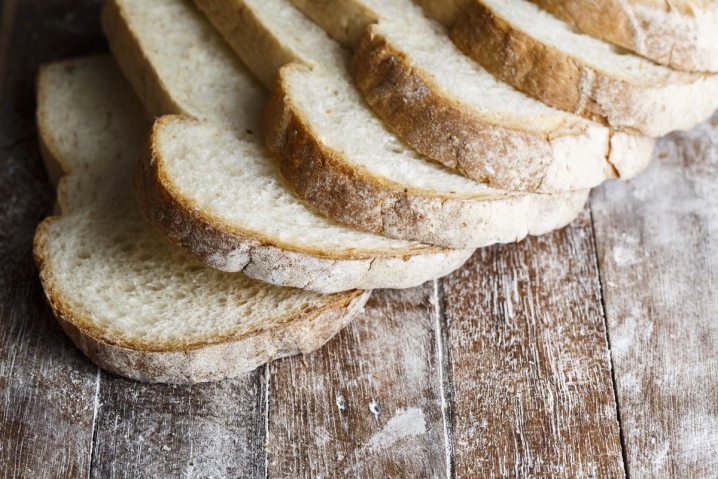
With manure
To prepare this universal top dressing, add nettles, half a handful of manure and 1 glass of old jam to a large bucket. Pour all this with a bucket of water and mix. There should be a little space in the container, because during fermentation the volume of the solution will increase.
When everything is ready, the bucket must be tightened on top with polyethylene or covered with a lid and heavy oppression. The solution should ferment for 3-4 weeks. When the fermentation process is complete, the solution can be used to water the plants.
Before feeding, it must be diluted with water in a ratio of 1 to 5. You can use the resulting product in May and June.
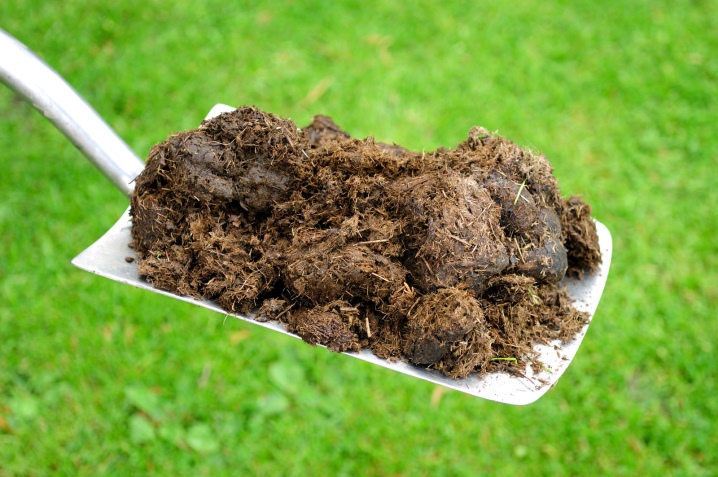
With serum
In the spring, during the period of active growth, plants can be fed with nettle fertilizer with serum. It is very simple to prepare it. Add fresh nettles and a liter of whey to the bucket. These components must be filled with warm water. The bucket must be covered with a lid or a thick layer of film and left in a dark and warm place for 10-14 days. When the resulting mixture is fermented, the liquid must be filtered and diluted with water in a ratio of 1 to 10. Water the plants once a week.
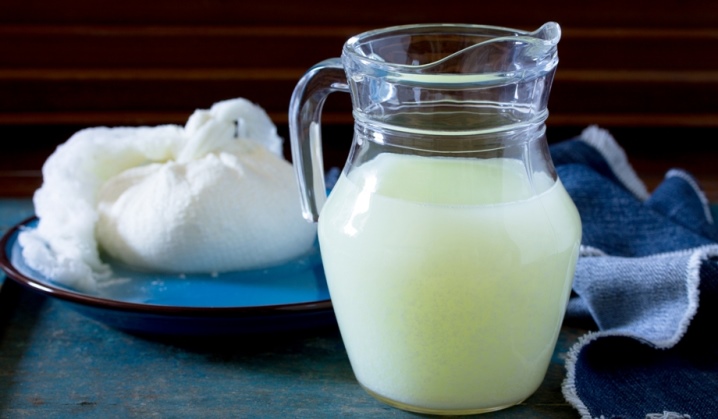
With ash
Ash is often used to fertilize plants. This product allows you to enrich the soil with calcium, potassium and nitrogen. Top dressing is great for fertilizing tomatoes.
To prepare the solution, pour half a bucket of nettle with warm water. Add 2 cups of sifted wood ash there. After that, everything must be mixed well and left in a warm place for 2-3 weeks. When the solution ferments well, it must be diluted with water in a ratio of 1 to 10. The solution is used for feeding tomatoes no more than 1 time per week.
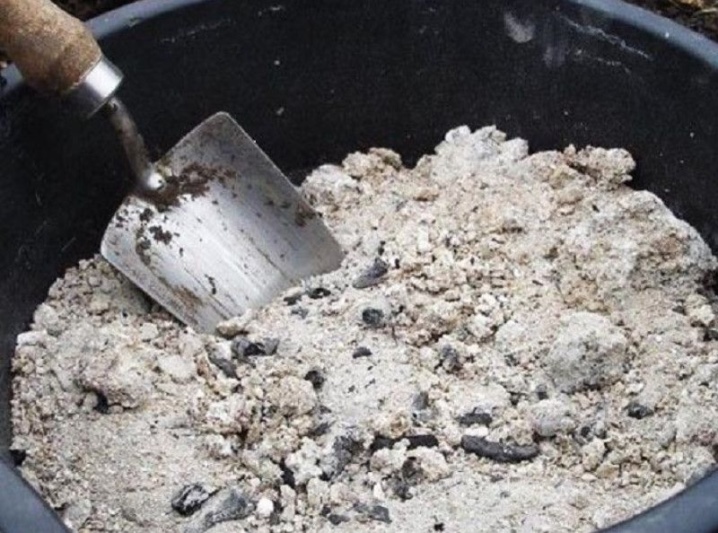
In the process of preparing solutions from nettle, it is important to adhere to certain rules.
- Use nettles collected from ecologically clean areas. You should not use raw materials collected near highways for the preparation of top dressing. It is best to add a product growing in the yard or next to the garden to the top dressing.
- You can cook groundbait only in plastic or wooden containers. Metal buckets and barrels should be avoided.
- You cannot prepare fertilizer from seeded grass. Otherwise, a large number of weeds will grow in the garden next year. Young nettles are best suited for the preparation of dressings.
- In order for the fertilizer to be of high quality, it is worth using soft water, for example, rain or well-settled.
If everything is done correctly, then feeding will only benefit the plants.

Terms and conditions of entry
Nettle fertilizers can be applied both under the root and on the leaf. For root feeding, a more concentrated solution is used. Fertilize plants in the first half of summer. You need to feed them once every 1-2 weeks. Before applying top dressing and immediately after that, the plants are watered abundantly.
If the plants are leaf-fed, a less concentrated product should be used. The bushes are sprayed no more than once a month. It is not worth treating the plants more often so as not to burn the foliage.
When applying top dressing, it is important to take into account the characteristics of each plant.
- Tomatoes. Nettle dressing is used to increase the yield of this crop. Tomatoes are fed 10-12 days after planting seedlings in a greenhouse or open ground. Each bush must be watered with half a liter of nettle solution. You can spray tomatoes no more than once a month.
- Cucumbers. Watering cucumbers with nettles promotes the appearance of more ovaries and improves the quality of the crop. Cucumbers are fed according to the same principle as tomatoes. They can be watered and sprayed.
- Potato. It can be fed three times per season: at the time of emergence, during the budding period and after the end of flowering.
- Strawberry. This culture is also often watered with nettle infusion. For feeding strawberries and strawberries, it is best to use solutions of nettle with yeast. One or two watering procedures will be enough for the berries to become sweeter and juicier.
- Houseplants. Nettle dressings are used for watering not only horticultural crops. Houseplants also need quality fertilization. Nettle infusions can be used to water different varieties of orchids. Succulents also respond well to such feeding. Watering plants with nettle solution is in winter. A solution of weak concentration is used for this.
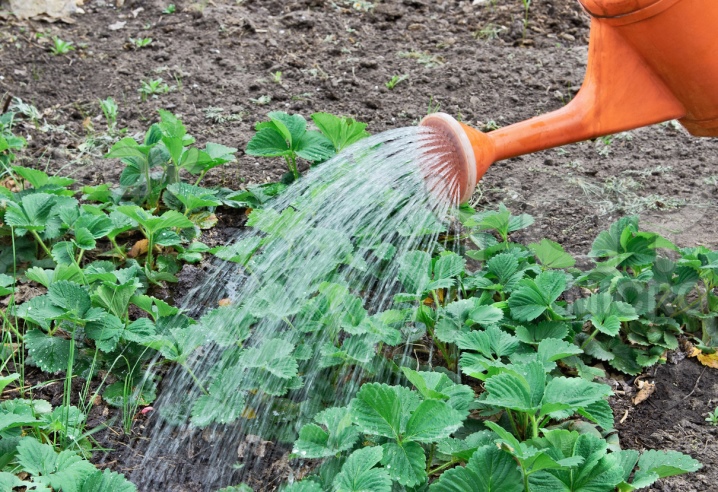
Additionally, plants can be sprayed if they start to hurt. So, a concentrated decoction of nettle leaves will get rid of powdery mildew. To prepare it, you need to boil the leaves in hot water and boil them for half an hour. After that, the liquid must be diluted in water in a ratio of 1 to 3 and used to treat the infected area. The resulting broth should be used at least 1 time in 4-5 days. To completely get rid of powdery mildew, you will need to carry out 3-4 procedures.
Nettle broth is also used to combat late blight and chlorosis. To prepare it, pour a glass of chopped nettle with a liter of water and leave to infuse for 10 minutes. After the broth has cooled, it must be mixed with water in a 1: 5 ratio. Diseased plants are treated twice a week.
Nettle infusions can also help fight various pests. Most often they are used to protect plants from aphids or large spider mites. To combat these pests, a solution prepared from 1 kilogram of fresh grass and 10 liters of water is used. Such a mixture is infused during the day. It is used immediately after preparation.
Many gardeners also place nettle leaves next to their plants. This helps scare off slugs and snails.

What other form can nettle be used in?
Nettle in their area is used not only for feeding. It is very easy to find a use for this weed grass.
Mulching
Nettle tops make an excellent mulch. It protects the soil from drying out and cracking. In addition, mulch saves plants from various insects. Nettle repels pests with its pungent odor.
Making mulch for plant protection in the country is very simple. Nettle must be finely chopped and dried. This process will take 2-3 days. Dry nettles can be used immediately in your garden. It can be laid in a large layer, since the plant decomposes very quickly.
Nettle mulch is most beneficial for potatoes, raspberries, currants and lilies.
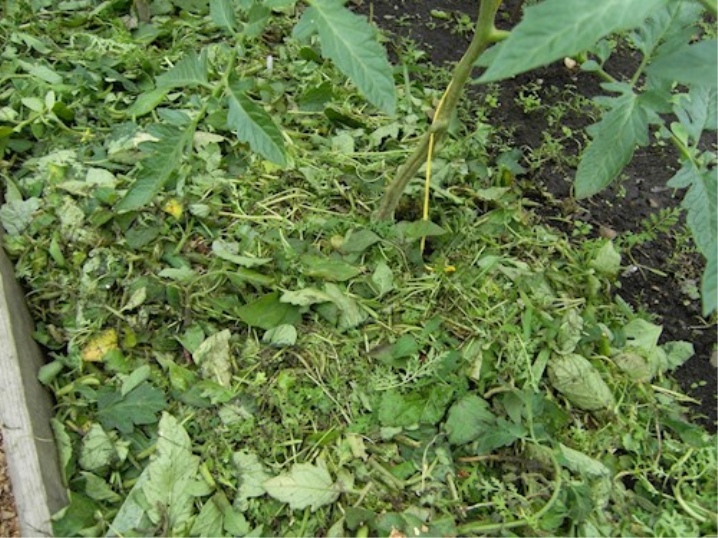
Composting
Fresh nettles can also be added to compost. It is prepared very simply. To prepare it, you need to use nettle and earth in a ratio of 1 to 10. It is best to add to the compost container the soil in which the nettle grew. Lay both components in layers. Each of them must be poured with warm water.
Cover the container with compost with a layer of foil and leave it alone for a month. After the required amount of time has elapsed, the product should be poured with a solution of the Baikal EM-1 preparation. Next, the container must be covered again and left to infuse for another 2-3 months. After that, the compost can be used in your garden.

Nutritious "pillow"
Many gardeners plant nettles directly in the soil. Most often, cucumbers are fed in this way. Freshly chopped nettles are simply stacked in the holes. After that, it is poured with water and sprinkled with a layer of earth. The next day, seedlings or seeds can be sown in the soil prepared in this way. After that, the soil must be watered again.
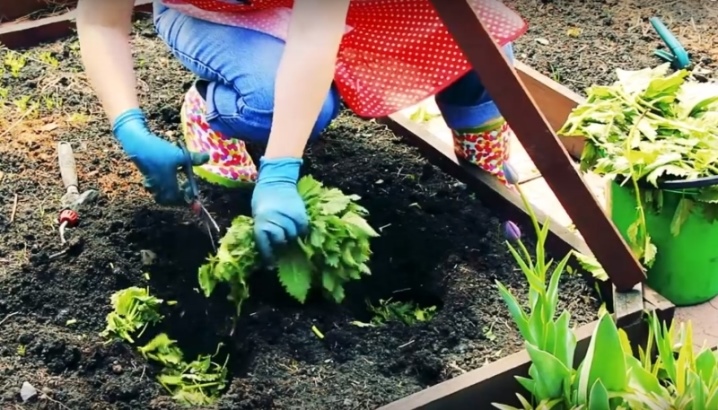
Nettle ash
Ash is obtained by burning dry nettles. You can burn both tops and roots. In order for the dry fertilizer to be of high quality, during burning, nothing can be added to the nettle except dry paper used to light the fire. Nettle ash can be used for feeding at any time of the year. It perfectly protects plants from diseases and pests, and also allows you to increase the yield. Store the remains of the used ash in a glass container in a dry and warm place.
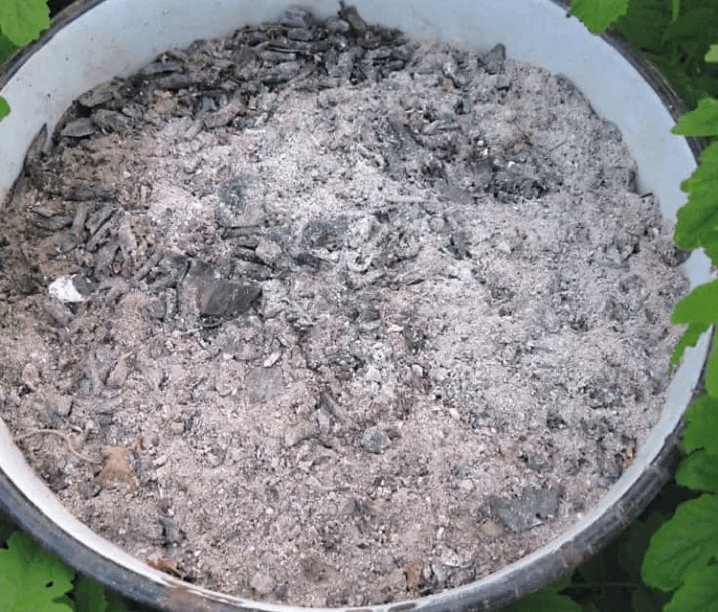
Nettle green fertilizer is a natural and safe fertilizer for various crops. Therefore, you can use it on your site without fear of any negative consequences.
For information on how to make an infusion of nettle, see the next video.













The comment was sent successfully.